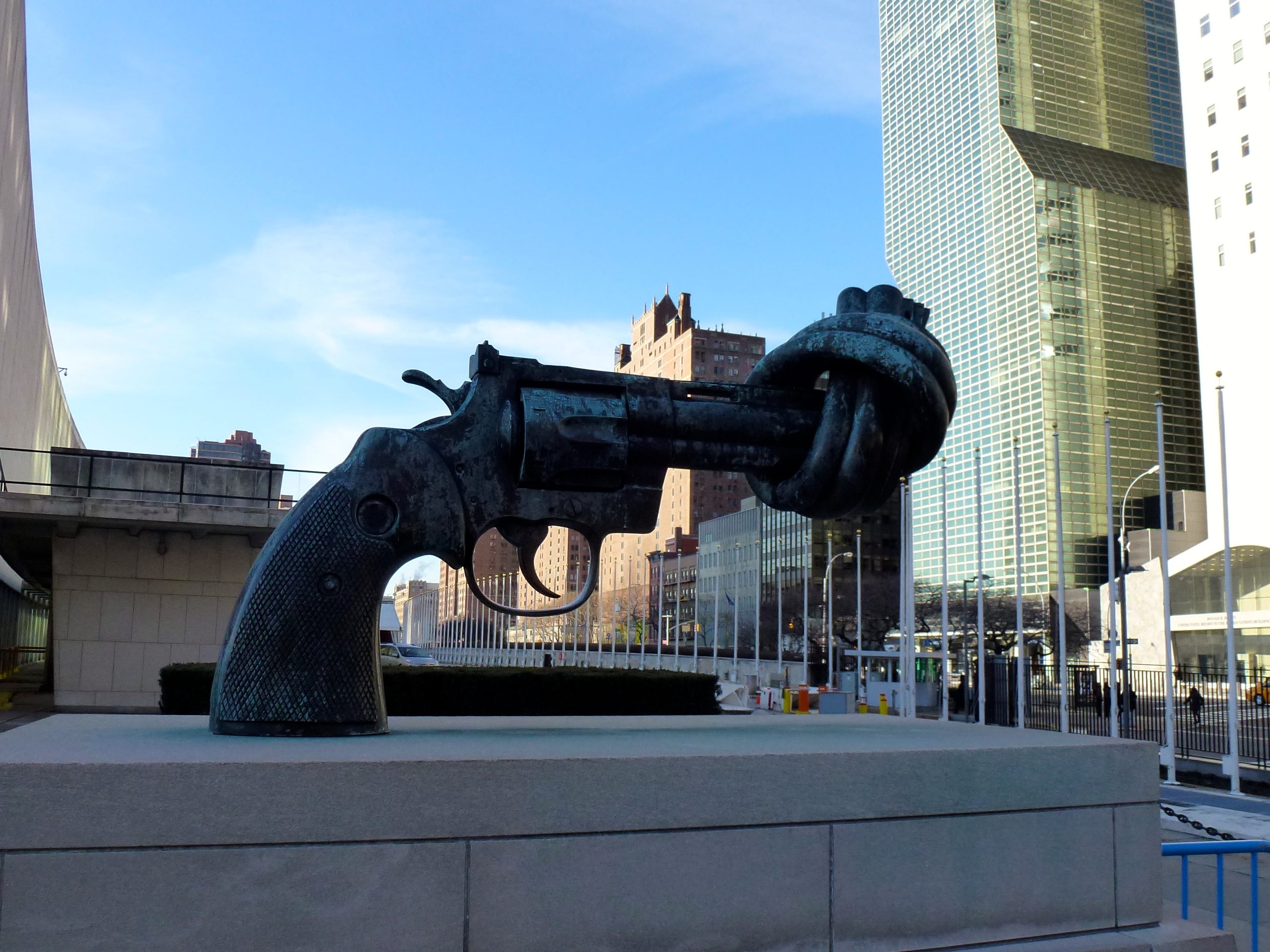The participants noted several areas that need to be clarified in order to have a clear understanding of how IND factors into the process of achieving disarmament.
Institutional involvement
While discussions centre around the NPT and Article 6, one of the major issues with this framework is the fact that several nuclear-armed States are outside of the NPT. While disarmament can begin in the NPT, eventually another mechanism would need to be included in order to account for these States.
The role of the IAEA must be clarified. If the IAEA is involved in the process of disarmament, and ensuring IND along the way, its scope and purview would need to be clearly defined. Additional considerations on handling sensitive weapons information would need to be raised, and the IAEA would need to be better resourced to handle the increase in workload.
Regardless of the specific institutions, a layered approach is needed. A global regime will ensure uniformity, while complementary regional and bilateral approaches would build confidence. The institutional layer would be the primary cornerstone, which would then be composed of individual, specific mechanisms at different areas of the nuclear fuel cycle and weapons complexes.
Further thought must be put into the cost of the disarmament process. Cost sharing across States Parties could be viable, but this must be done fairly and equitably with careful planning.
Technical considerations
Disarmament needs to work towards eroding capabilities and capacities to the point where rearming is too costly (in both time and money) to be political viable as true irreversibility is nearly impossible. This can be accomplished in a variety of ways, and is case-specific depending on the disarmer.
Knowledge management is critical during the process of disarmament. To prevent proliferation, sensitive weapons information needs to be closely held, or potentially destroyed. The key to this issue is the future of scientists and other employees of the nuclear weapons complex in the disarming State. New jobs must be found (including potentially as inspectors to verify IND in other States) so experts do not defect or attempt to proliferate knowledge to the highest bidder. Additionally, as national laboratories often have dual missions – providing important scientific discoveries for civilian use – this knowledge and expertise must be preserved while removing the nuclear weapons mission.
Developing a complete nuclear history of a large, complex nuclear-armed State will take time and might prove impossible depending on the age of the programme. Considerations should be made as to “how much is enough” when it comes to historical information and nuclear archaeology.
As facets of nuclear technology are inherently dual-use in nature, how one controls the use of advanced nuclear technology (e.g. inertial confinement fusion) while also verifying IND is an important issue for clarification. Additionally, for States that actively cooperate with others on their nuclear weapons programme, is it enough to say they have disarmed if their partner States have not?
Further details on a myriad of technical considerations are provided in research papers developed following the March 2023 dialogue.[5]
Normative and political considerations
Norms should be developed to encourage disarmament and maintain the path towards a world without nuclear weapons. There is a need to erode the idea that nuclear weapons are important. For disarmament to continue, nuclear weapons should no longer make sense in society.
A culture of transparency throughout the process must be developed. This can fight against the uncertainties inherent in IND, especially for larger nuclear programmes. This will also lead to trust and confidence, which helps States keep on the path to disarmament.
Once a State is committed to the pathway of disarmament through norms, trust and confidence, the State builds a sense of identity and reputation based on these ideas, which can provide a self-reinforcing mechanism to preserve disarmament. It also becomes too costly to reverse course while the benefits of committing to disarmament simultaneously increase as the process continues.
[5] For a sampling, see the “Irreversibility in Global Nuclear Politics Part I” issue of the Journal for Peace and Nuclear Disarmament 6:2 (2023) in https://www.tandfonline.com/toc/rpnd20/6/2
